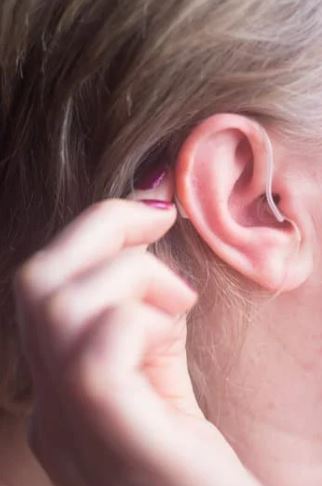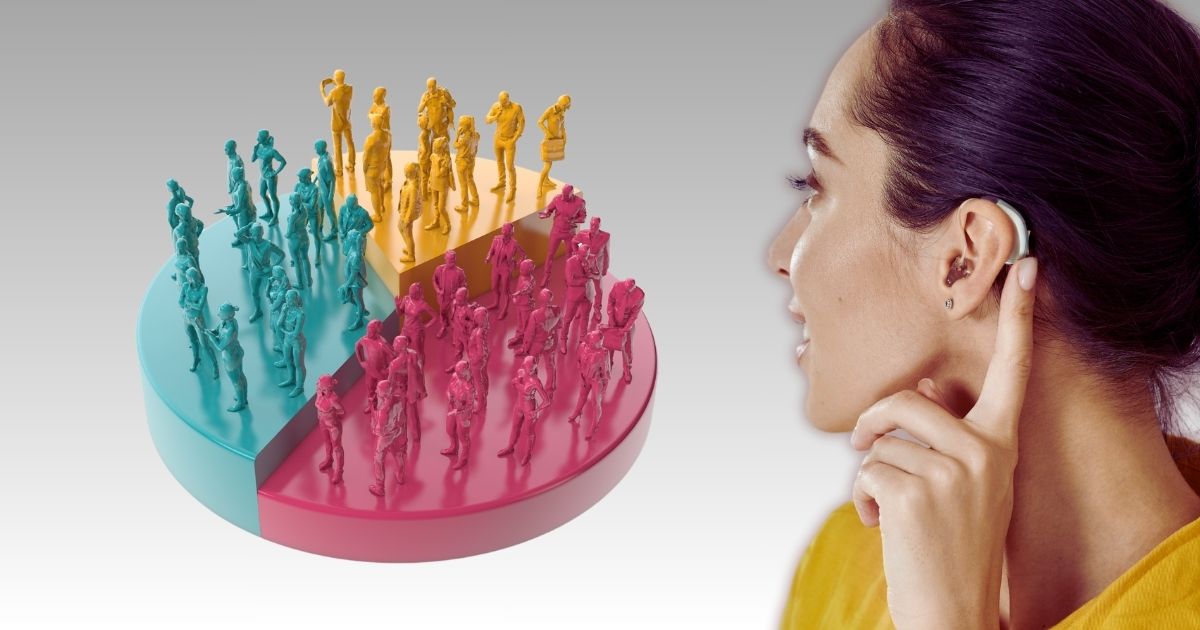As the accessibility and affordability of hearing care continue to evolve, understanding the demographics and audiological profiles of those most likely to benefit from these advancements is crucial. A newly published study titled Demographic and Audiological Characteristics of Candidates for Over-the-Counter Hearing Aids in the United States provides significant insights into this population.
The study, conducted by Dr. Larry E. Humes from Indiana University, explores the characteristics of U.S. adults with perceived mild-to-moderate hearing loss, the primary candidates for over-the-counter (OTC) hearing aids. The research utilizes data from several recent National Health and Nutrition Examination Surveys (NHANES) to present a detailed portrait of this population, with important implications for hearing healthcare and policy.
Understanding the Target Population for OTC Hearing Solutions
The study emerges from the context of recent legislative and regulatory changes aimed at improving hearing healthcare accessibility in the United States. The OTC Hearing-Aid Act of 2017 and the subsequent FDA regulations, effective October 17, 2022, have significantly altered the landscape, allowing adults with perceived mild-to-moderate hearing loss to purchase hearing aids directly, without needing a prescription. However, there has been limited detailed information available about this target population—those who perceive themselves to have mild-to-moderate hearing trouble. This study sought to fill that gap by providing comprehensive demographic and audiological data on these individuals.
 The need for this study is driven by the broad aim of improving hearing healthcare through increased access and more affordable solutions like OTC hearing aids. To effectively serve this population, it is essential to understand who they are, what their hearing challenges are, and how their demographic characteristics might influence their interaction with OTC hearing aids.
The need for this study is driven by the broad aim of improving hearing healthcare through increased access and more affordable solutions like OTC hearing aids. To effectively serve this population, it is essential to understand who they are, what their hearing challenges are, and how their demographic characteristics might influence their interaction with OTC hearing aids.
The study’s objectives were to describe the demographic and audiological characteristics of U.S. adults who perceive themselves to have mild-to-moderate hearing loss and to explore how these characteristics might impact their candidacy for and potential use of OTC hearing aids.
Comparative Evaluation of Hearing Health Across Populations
The study used descriptive analysis methods to present population-weighted responses for various self-reported demographic and audiological variables from NHANES datasets for 2011-2012, 2015-2016, and 2017-2020. These datasets are nationally representative and include extensive audiological information, making them an ideal resource for this type of research.
The analysis focused on adults aged 20 years and older who reported mild or moderate hearing trouble, examining their demographic backgrounds, health risk factors, and audiometric profiles.
The NHANES datasets included audiological evaluations, such as pure-tone audiometry and immittance measures, as well as self-reported data on hearing trouble, general health, and other variables. The study also compared these individuals with those reporting excellent or good hearing and those with more severe hearing trouble, providing a comprehensive understanding of where OTC hearing aid candidates fall within the broader population.
Key Findings
The study found that approximately 49.5 million adults in the United States perceive themselves to have mild-to-moderate hearing trouble, making them potential candidates for OTC hearing aids. These individuals are most commonly aged 50 to 69 years, married, and predominantly identify as non-Hispanic White. A significant portion of this group has not had a hearing test in the past five years, and most have never used hearing aids or assistive listening devices.
Millions of adults, primarily aged 50 to 69, could likely benefit from OTC hearing aids, yet many have never even had a hearing test.
From an audiological perspective, the typical profile of an OTC hearing aid candidate includes a bilaterally symmetrical sloping hearing loss, with slight to mild hearing loss above 2000 Hz.
The study also found that normal immittance measures were common, and otoscopic abnormalities were rare, although about 13% of candidates had excessive cerumen.
Implications and Future of OTC Market
The implications of this study are significant for the future of OTC hearing aids, particularly in terms of product development and marketing strategies. The demographic insights suggest that these hearing aids should be tailored and marketed primarily to middle-aged and older adults, especially those who are first-time users. The fact that many potential users have not had a hearing test in recent years underscores the need for increased education and awareness about the importance of regular hearing evaluations, even for those considering OTC options.
Additionally, the versatility of OTC hearing aids will be crucial, as they must effectively address various hearing loss profiles, especially high-frequency hearing loss. The study also raises awareness about the potential stigma associated with hearing aids, particularly among younger adults, indicating that marketing efforts should carefully address and minimize any associations with aging.
By understanding the specific demographic and audiological characteristics of OTC hearing aid candidates will enable healthcare providers, policymakers, and manufacturers to better meet the needs of this underserved population.
Reference:
Humes, L. E. (2024). Demographic and Audiological Characteristics of Candidates for Over-the-Counter Hearing Aids in the United States. Ear & Hearing, 45(5), 1296-1312.






